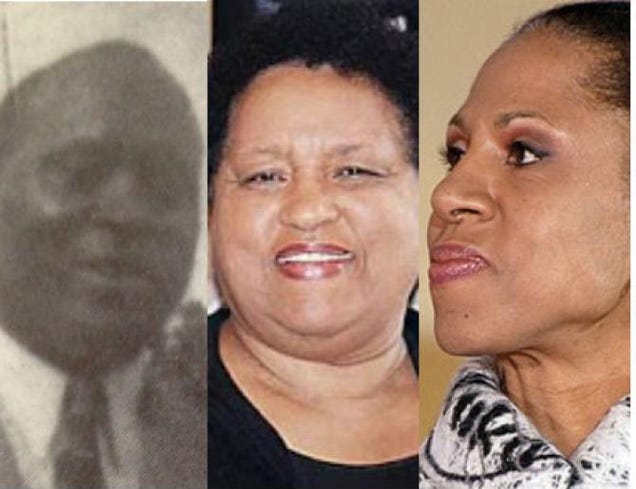First Baptist unveils historic markerPosted in Articles, History, Media Archive, Religion, United States on 2015-12-15 01:44Z by Steven |
First Baptist unveils historic marker
The Tennesseean
Nashville, Tennessee
2015-12-09
If people of faith go to First Baptist Church on East Winchester Street looking for a sign, they’ll find it.
Sumner County’s oldest known African-American church celebrated another milestone Dec. 6 with the dedication of a historic marker commemorating the 150-year-old church’s early beginnings and role in the community.
Sunday’s event closed out a year of special events marking the church’s sesquicentennial celebration that kicked off last January.
Founded in 1865 by the Rev. Robert Belote, an 80-year-old ex-slave from Castalian Springs, services were first held in a log cabin on the church’s present-day site.
“Its first members were freed slaves. They had no jobs, no education, no organizations to help them, no schools and nowhere to go,” said the Rev. Derrick Jackson, pastor of First Baptist since 2001…
…Expansion and Education
The church experienced tremendous growth and expansion under the leadership of the Rev. Peter Vertrees, who served as pastor from 1874-1926.
Vertrees was a prominent local leader who established numerous churches and schools. He founded East Fork Missionary Baptist Association, made up of 28 churches in Sumner, Davidson, Trousdale, Robertson, Macon and Wilson counties. He is considered one of the most influential figures in Sumner County and Middle Tennessee history.
Born in Kentucky in 1840 to a white mother and mulatto father, he served in the Civil War as a black Confederate soldier, and afterward he moved to Gallatin.
Under Vertrees’ leadership, First Baptist expanded its congregation and built a framed church, according to Brinkley. A violent windstorm destroyed the framed building around 1905, and a new building was erected from bricks Vertrees purchased cheaply from an old penitentiary. He served as principal of South Gallatin School, adjacent to First Baptist Church…
Read the entire article here.



